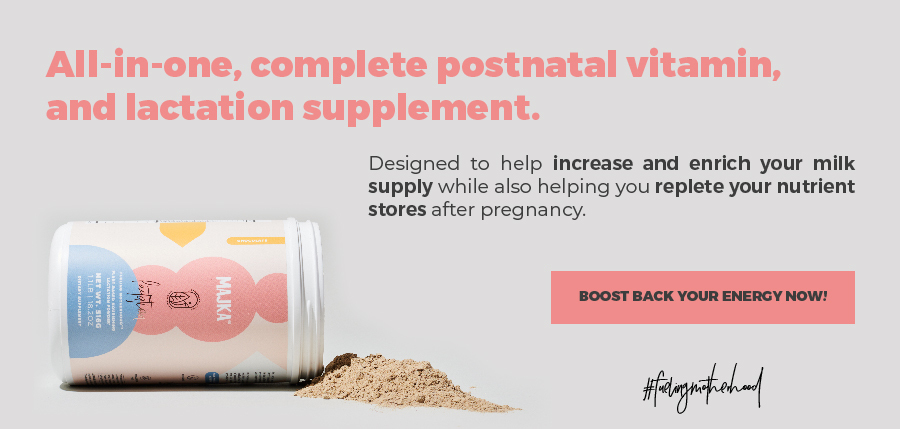
When you have a newborn, you will start to see a lot of things happening to your baby’s body while watching him/her grow up. Some of these things are common in adults too, but not as frequent, such as hiccups for example; which may make you wonder if they are normal or ok.
In this article, we want to tell you all about baby’s reflux: why it occurs, how often, and if it is ok for it to happen as well as what to or not to do about it; so you can feel comfortable with knowing how you can help your baby to feel comfortable and healthy.
What is infant reflux?
Infant reflux is a common condition on babies younger than 18 months. This reflux happens during or after feedings; when the milk or solids in your baby’s stomach moves back up and makes him/her spit up. It is very common and usually gets better on its own.
What causes reflux on my baby?
During your baby’s first year of life, the muscle at the bottom of the food pipe (and many other things in his/her body) is still developing:
This muscle acts as a kind of door into the stomach, so when food or milk travels down, this muscle opens and allows it into your baby’s stomach; but as it is developing, it can open when it shouldn’t (when your baby is full) which allows some food and stomach acid to travel back up again causing your baby to have reflux. This is normal and not a cause of worry.
How often does infant reflux happen?
Reflux occurs in healthy infants multiple times a day.
It’s common for a baby to start having reflux before turning 8 weeks old and for the reflux to get better when a baby is 12 months old.
What are the symptoms of infant reflux?
Some of the symptoms of reflux in babies are:
- Spitting up milk or vomiting during or shortly after feeding.
- Coughing or hiccupping while feeding.
- Swallowing or gulping after feeding.
- Your baby may be uncomfortable, crying or being unsettled while feeding.
If your baby isn’t keeping enough food down because of reflux he/she will not be gaining weight. If this happens it is important to let your doctor know so your baby can get proper care regarding this matter.
Your baby can have signs of reflux but he/she will not bring up milk or be sick. This is called silent reflux: it’s when the food travels back up the food pipe but it’s swallowed rather than spat out, which makes it harder to identify. Even so, your baby may show similar symptoms to the ones shown with regular reflux.
Should I worry if my baby has reflux?
If your baby is healthy and growing well, reflux is not a cause of concern. But it is important to mention that rarely reflux is accompanied by symptoms that are important to be checked by a healthcare professional such as failure to thrive and weight loss: which could be a sign of allergies, blockage in the digestive system or gastroesophageal reflux disease (GERD)(all treatable conditions).
So, if your baby isn’t gaining weight, its projectile vomiting (consistently spits up forcefully), is spitting up green fluid, yellow fluid, blood or or a material that looks like coffee grounds; if he/she is refusing to eat, has blood in his/her poop, shows difficulty while breathing or a chronic cough then it is important to call your doctor as this may be signs of GERD.
What can I do to help my baby with reflux?
If you want to help your baby to minimize the uncomfortable symptoms of reflux, here are some things that you can do:
- Use gravity to help keep the food down where it belongs: keep your baby in an upright position while feeding and afterwards.
- Try smaller but more frequent feedings to prevent your baby’s stomach from getting too full.
- Put your baby to sleep on his or her back.
Breastfeeding and reflux
If your baby is spitting up constantly, it may make it a little hard for you to breastfeed, so here we want to share with you some things you can do that may help with this process:
- Keeping your baby in an upright position for a while after feeding will help the milk to stay down.
- Smaller feeds (but often, it’s important that your baby gets enough food) will prevent your baby’s stomach from getting too full and may make the reflux less constant.
- Making your baby burp frequently during feedings may help to have a more pleasant feed.
- Trying different breastfeeding positions to find the one that works best for you and for your baby. *Ask your lactation consultant to guide you with this.
In Breastfeeding 101, we hope this information has been of great help for you to feel comfortable with understanding what infant reflux is about, what to do and how to make sure that your baby is feeling ok. We are happy to invite you to follow all of our content to get the information you need regarding your baby’s health.
If you want to learn more about infant reflux, here are some of the sources that made this article possible:
A Review of Nonsurgical Treatment for the Symptom of Irritability in Infants with GERD I National Library of Medicine
Breastfeeding positions I NHS
Diagnosis and Management of Gastroesophageal Reflux in Preterm Infants I American Academy of Pediatrics
Diagnosis and Management of Gastroesophageal Reflux Disease in Infants and Children: from Guidelines to Clinical Practice I National Library of Medicine
Gastroesophageal reflux in children: an updated review I National Library of Medicine
Infant reflux I Mayo Clinic
Reflux in Babies I Flitwick Osteopathic Clinic
Reflux in babies I NHS
Pediatric Gastroesophageal Reflux Clinical Practice Guidelines I Thomson
Annie Rueb






